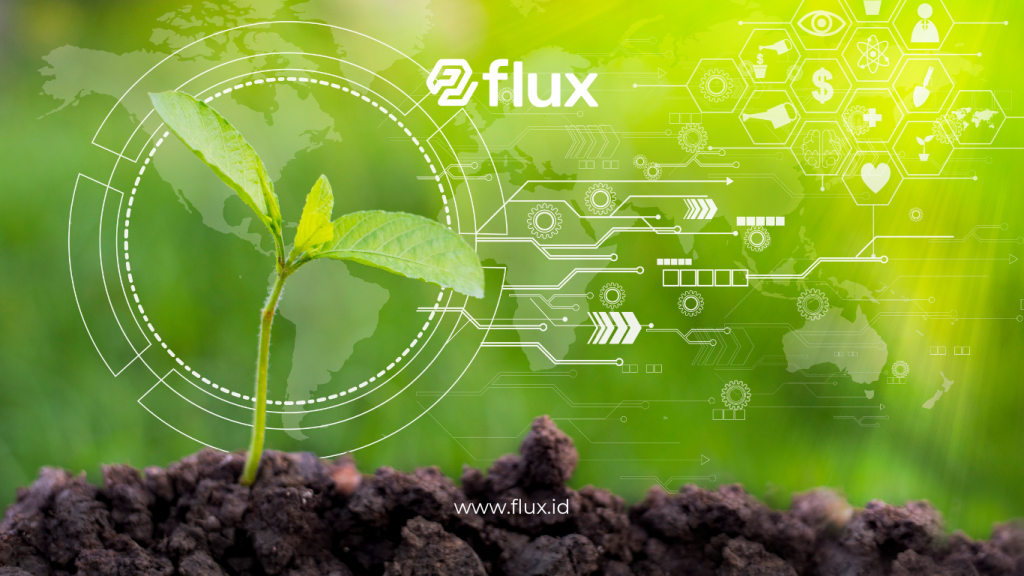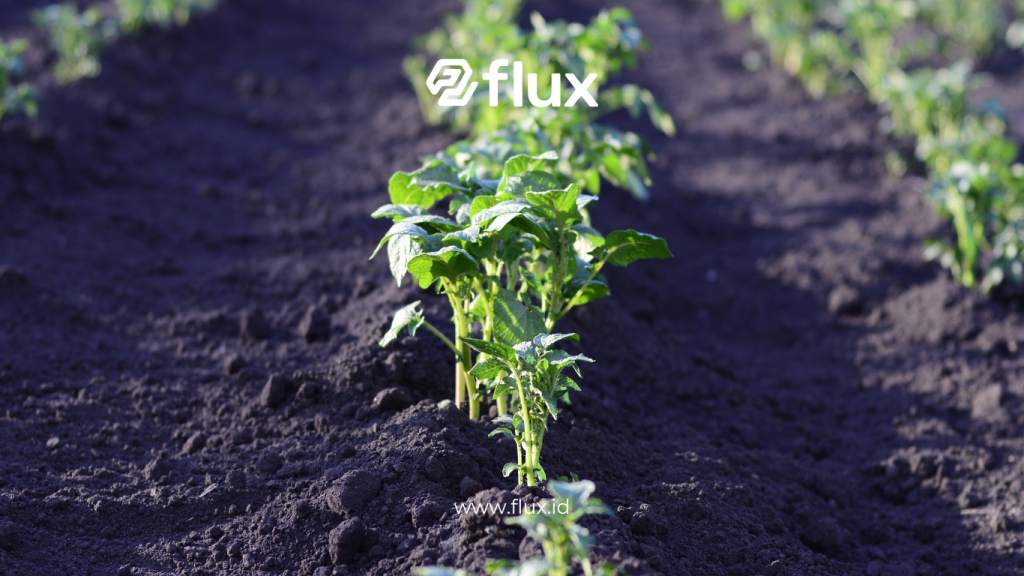Don't miss our holiday offer - 20% OFF!
Agriculture is a critical sector for meeting the world’s food needs. However, global challenges such as climate change, population growth, and resource limitations demand technological innovations to improve efficiency and sustainability. One groundbreaking solution is the Internet of Things (IoT), which connects smart devices to monitor and manage agricultural processes more effectively.
This article explores how IoT is revolutionizing agriculture, its benefits, the technologies used, and practical applications to support a sustainable future.
Contents
What is IoT in Agriculture?

Read More: Integrating IoT Technology in Sustainable Agriculture Systems
The Internet of Things (IoT) refers to a network of devices connected via the internet to share data and perform specific tasks. In agriculture, IoT is used to monitor soil conditions, weather, crops, and livestock, as well as to automate processes like irrigation and fertilization.
IoT Components in Agriculture
- Sensors: To monitor soil moisture, temperature, humidity, and light intensity.
- Data Processing Devices: Collect and analyze data from sensors.
- IoT Platforms: Cloud-based systems for data storage and analytics.
- Control Devices: To automate processes such as irrigation and nutrient delivery.
Benefits of IoT in Agriculture

Read More: IoT in Agriculture – Reducing Waste and Boosting Productivity
IoT offers numerous benefits that can transform agricultural practices:
1. Increased Productivity
With real-time data, farmers can make informed decisions, such as the best time to plant or harvest, significantly improving crop yields.
2. Resource Efficiency
IoT optimizes the use of water, fertilizers, and energy. For instance, smart irrigation systems supply water based on the plant’s actual needs.
3. Continuous Monitoring
Farmers can monitor field or livestock conditions anytime and anywhere via mobile devices.
4. Early Problem Detection
IoT enables early detection of threats like pests or diseases, allowing timely interventions before they spread.
5. Environmental Sustainability
By reducing waste and optimizing resources, IoT supports eco-friendly farming practices.
IoT Technologies Used in Agriculture

Read More: The Digital Agriculture Revolution: IoT as a Decision-Making Support
Here are some common IoT technologies used in agriculture:
1. Smart Sensors
- Soil moisture sensors
- Weather sensors
- Light sensors
2. Drones and UAVs
Used for land mapping, crop monitoring, and fertilizer spraying.
3. Smart Irrigation Systems
Regulate water flow based on real-time data from soil sensors.
4. RFID and GPS Technologies
Track livestock movements or manage crop logistics.
5. Analytics and AI Platforms
Process big data to provide valuable insights for farmers.
Examples of IoT Applications in Agriculture
- Precision Farming: This technology allows farmers to treat specific areas of a field according to their unique needs.
- Livestock Health Monitoring: IoT monitors livestock activity and health, such as heart rates and feeding patterns.
- Smart Greenhouses: Use sensors to regulate temperature, humidity, and lighting in greenhouses.
- Water Management: IoT-based irrigation saves up to 30% of water compared to traditional methods.
Challenges of Implementing IoT in Agriculture

Read More: Complete Guide: Implementing IoT Sensors for Smart Agriculture Monitoring and Irrigation Management
Despite its promises, IoT adoption in agriculture faces several challenges:
1. High Initial Costs
The initial investment for IoT devices and infrastructure can be a barrier for small farmers.
2. Limited Internet Access
Rural areas often lack reliable internet access, hindering IoT adoption.
3. Lack of Technical Expertise
Farmers may require additional training to operate IoT devices.
4. Data Security
IoT involves sensitive data that is vulnerable to cyber-attacks.
The Future of Agriculture with IoT
With ongoing innovations, the future of agriculture with IoT looks promising. Here are some predicted trends:
- Integration with Artificial Intelligence (AI): AI will enhance IoT’s predictive analytics capabilities.
- Blockchain for Transparency: Used to trace the supply chain of agricultural products.
- Renewable Energy Utilization: IoT combined with solar panels supports energy sustainability.
- Vertical Farming: IoT enables the automated management of vertical farms in urban areas.
Conclusion
IoT is bringing a significant transformation to the agricultural sector, offering efficiency, productivity, and sustainability. By leveraging this technology, modern agricultural challenges can be addressed with innovative solutions. However, collaboration among governments, technology providers, and farmers is essential to overcome implementation challenges. The future of sustainable agriculture lies in the hands of IoT technology.





